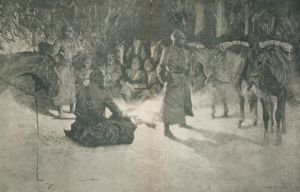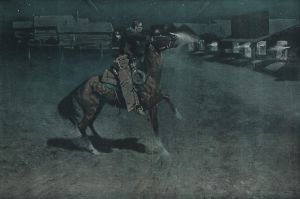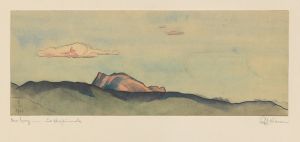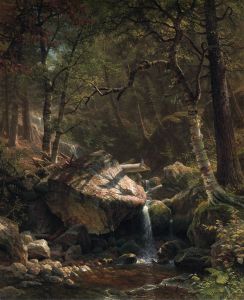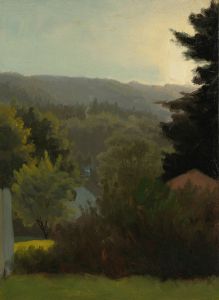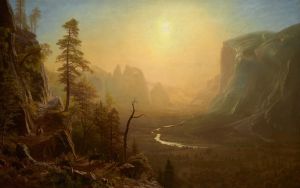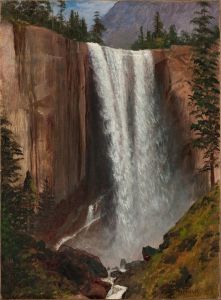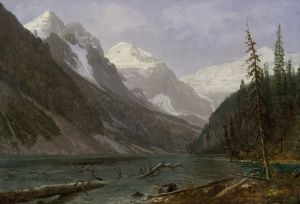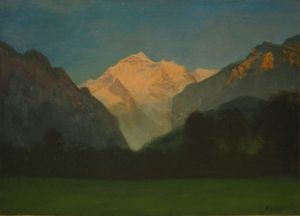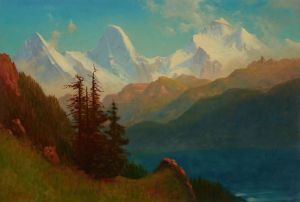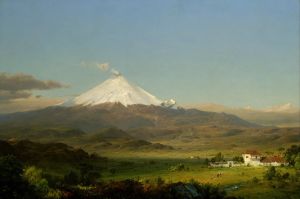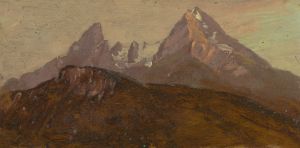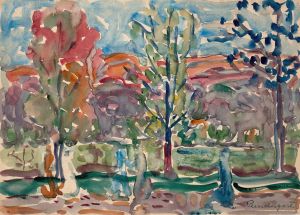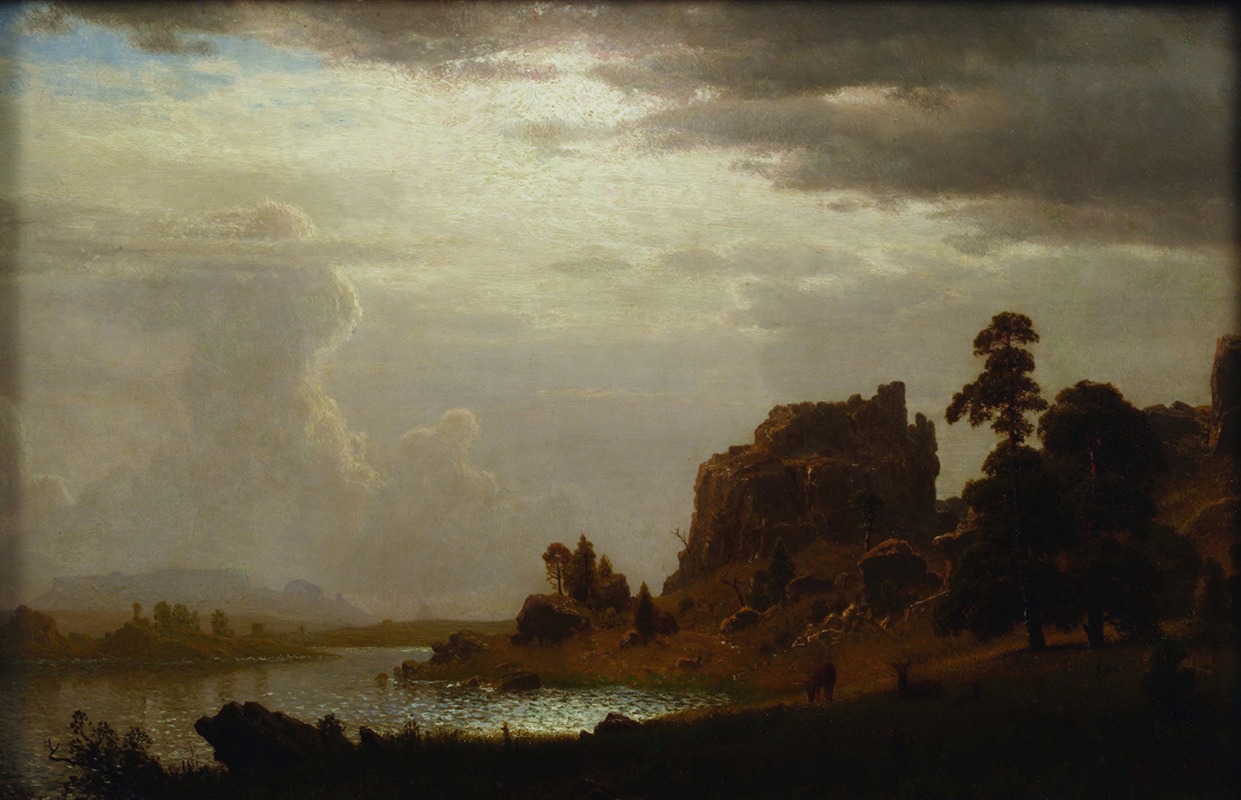
On the Sweetwater near the Devil’s Gate
A hand-painted replica of Albert Bierstadt’s masterpiece On the Sweetwater near the Devil’s Gate, meticulously crafted by professional artists to capture the true essence of the original. Each piece is created with museum-quality canvas and rare mineral pigments, carefully painted by experienced artists with delicate brushstrokes and rich, layered colors to perfectly recreate the texture of the original artwork. Unlike machine-printed reproductions, this hand-painted version brings the painting to life, infused with the artist’s emotions and skill in every stroke. Whether for personal collection or home decoration, it instantly elevates the artistic atmosphere of any space.
Albert Bierstadt's painting On the Sweetwater near the Devil’s Gate is a work by the renowned 19th-century German-American landscape artist, celebrated for his dramatic depictions of the American West. Bierstadt, a key figure in the Hudson River School and the Rocky Mountain School of painting, is known for his large-scale, romanticized landscapes that often emphasize the grandeur and beauty of nature.
This particular painting, On the Sweetwater near the Devil’s Gate, captures a scene along the Sweetwater River, a tributary of the North Platte River in present-day Wyoming. The location, Devil’s Gate, is a notable natural landmark consisting of a deep, narrow gorge carved through a granite ridge by the Sweetwater River. This area was a significant point of interest for westward travelers during the 19th century, particularly for pioneers on the Oregon, California, and Mormon Trails. The site held both practical and symbolic importance, serving as a navigational marker and a reminder of the rugged terrain that lay ahead.
Bierstadt likely created this painting based on sketches and studies he made during his travels to the American West. He participated in several expeditions, including one in 1859 with Frederick W. Lander, a government surveyor. These journeys provided Bierstadt with firsthand exposure to the landscapes he later immortalized in his studio works. While the exact date of this painting's creation is not definitively documented, it is consistent with Bierstadt's broader body of work, which often sought to evoke the sublime qualities of the American wilderness.
The painting exemplifies Bierstadt's characteristic style, which combines meticulous attention to detail with dramatic lighting and atmospheric effects. His use of light and shadow, as well as his ability to convey vast, open spaces, reflects his admiration for the natural world and his desire to inspire awe in his viewers. Bierstadt's works, including this one, were instrumental in shaping perceptions of the American West during a period of rapid expansion and exploration.
As with many of Bierstadt's paintings, On the Sweetwater near the Devil’s Gate is not merely a literal representation of the landscape but also an idealized vision, emphasizing the majesty and untamed beauty of the region. The painting is part of Bierstadt's larger legacy, which continues to influence the way the American West is visualized and remembered.





